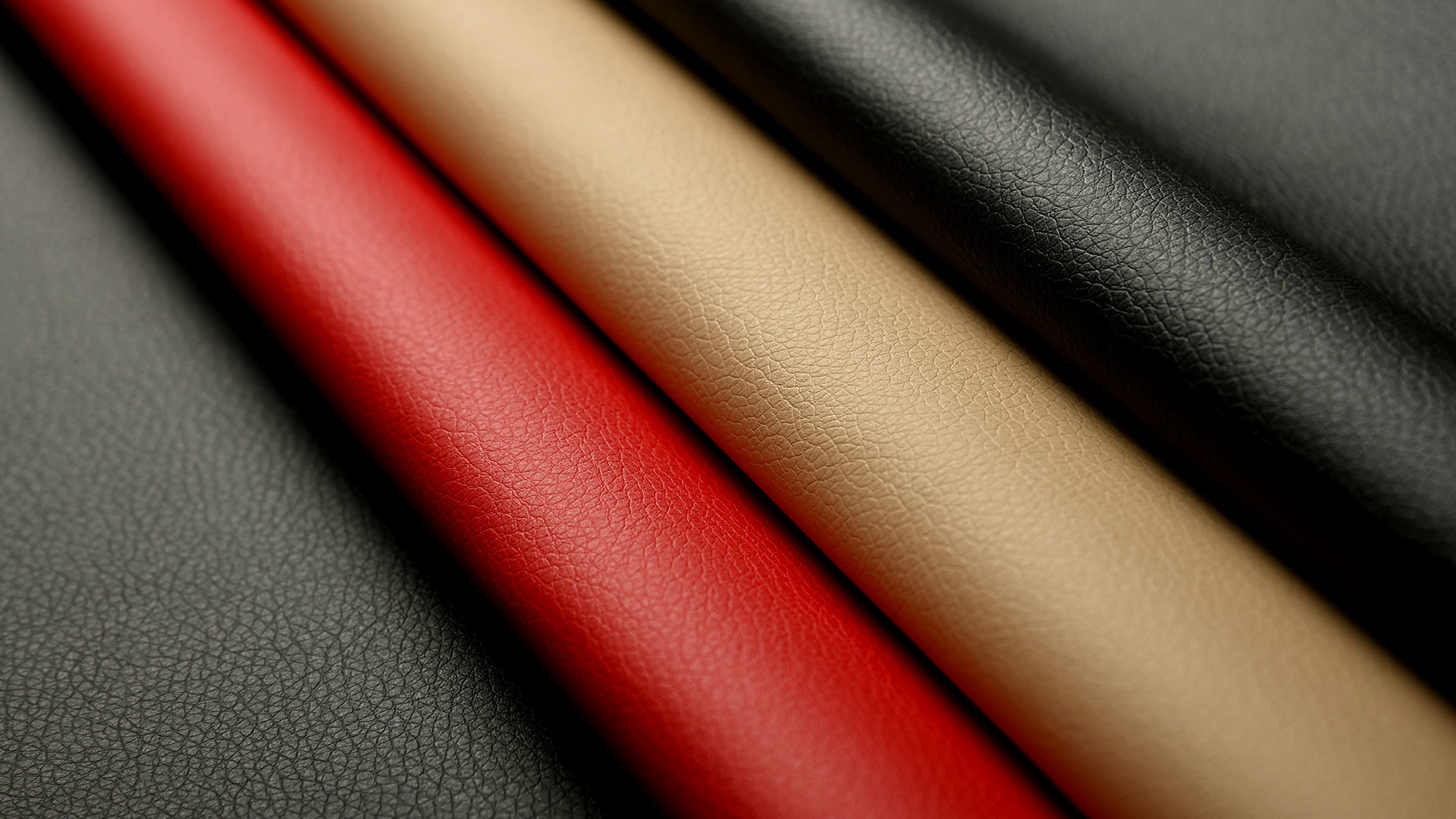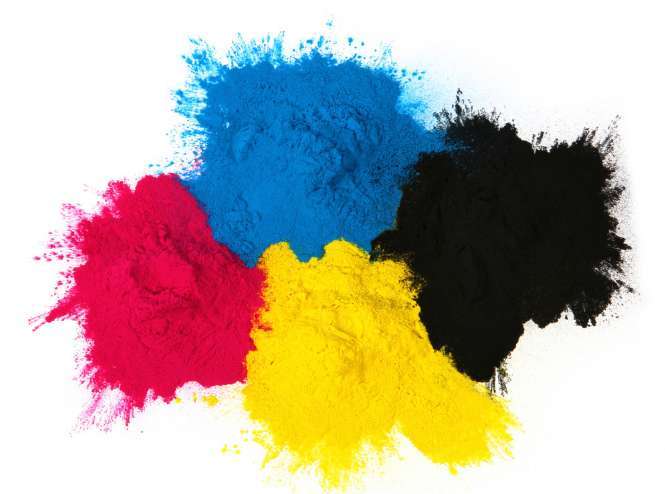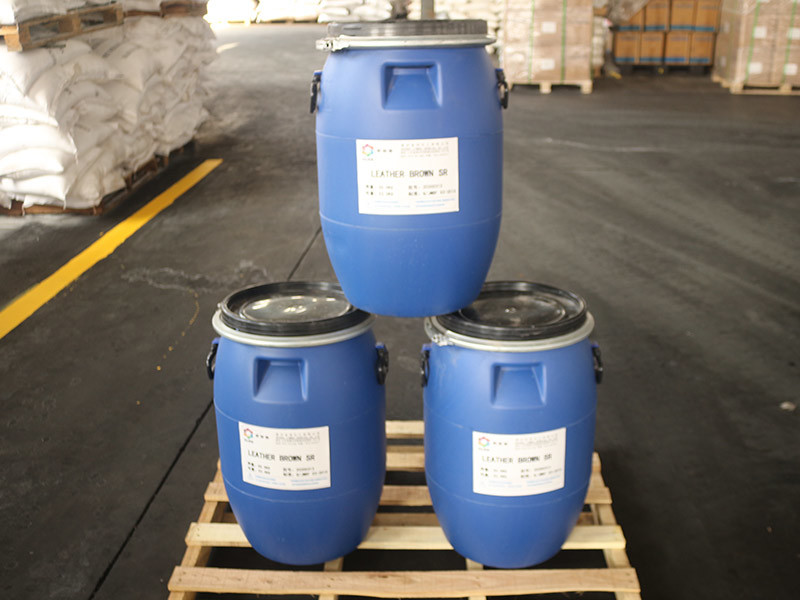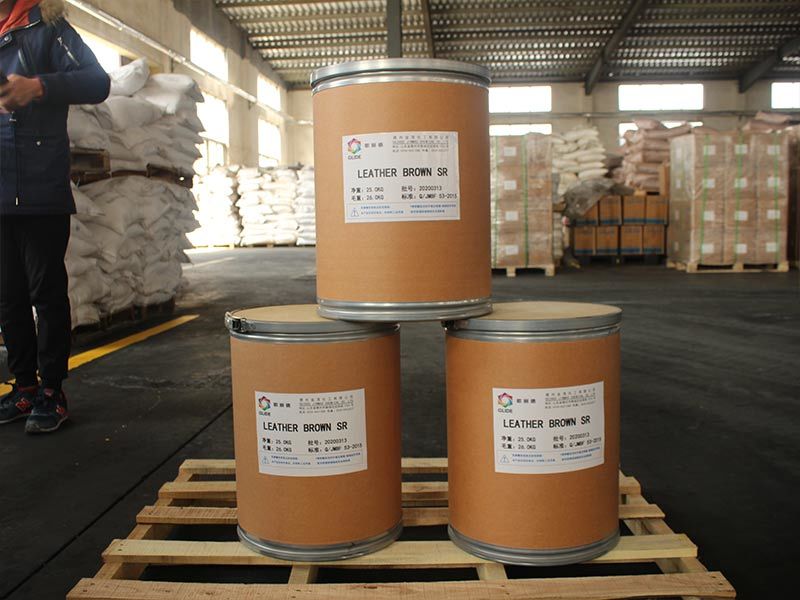How is leather dyeing done? How should leather dyes be selected?
How is leather dyeing done? How should leather dye be selected?

Dyes are compounds that make leather transparent and hard. The physical and chemical processes involved in leather dyeing, from the dye bath to adsorption on the leather surface, diffusion on the leather surface, and fixation within the leather, are closely related to the type of leather dye, the type of leather, and the neutrality of the leather. So what is the mechanism of leather dyeing?
The process and mechanism of leather dyeing: The basic process of leather dyeing can be divided into three stages: adsorption, diffusion, and fixation, which is a complex physical and chemical process.
1. The dye adsorption speed is fast. It adsorbs on the leather surface from the solution, achieving equilibrium at the beginning of the dyeing.
2. The dye diffuses (penetrates) into the inner layer of the leather, breaking the surface adsorption equilibrium. At this time, a new equilibrium is established through the adsorption of the dye in the dye bath, and the dyeing process advances through continuous diffusion and adsorption.
3. The dye is fixed on the leather fibers. This process is influenced by both physical and chemical factors.
Control of the process conditions for leather dyeing: dyeing pH, dyeing temperature, dye liquor ratio, application of additives, mechanical action, dyeing time. Leather dyes include acid dyes, direct dyes, basic dyes, reactive dyes, metal complex dyes, and other dyes, among which metal complex dyes have excellent performance. Good leather dyes have fast dyeing speed, rich and bright colors, good coverage and fastness, and are also resistant to water, sweat, friction, and light.
With the implementation of increasingly strict ecological and environmental protection policies, people are paying more attention to the green ecology of leather dyes, and related research has emerged. In the future, leather dye products will accelerate the trend of green ecology development.
Considerations for selecting leather dyes:
1. Choose dyes based on cost: When selecting dyes, not only should color and fastness be considered, but also the cost and source of the dyes and auxiliaries used.
2. Choose leather dyes based on dyeing mechanical properties: Different dyeing mechanical properties mean that the performance and requirements of the dyes also differ. For volume dyeing, high directness leather dyes should be used. For printing and dyeing, low directness leather dyes should be selected. Otherwise, defects such as deep front and shallow back, and uneven colors may occur.
3. Choose dyes based on the type of leather: Different types of leather have different properties, and suitable leather dyes should be used during dyeing.
4. Selection of dyes in color matching: When color matching is needed, attention should be paid to the components, solubility, color fastness, and dye uptake rate of the leather dyes. Due to the different dyeing performances of various dyes, the dyeing effect is often affected by differences in temperature, solubility, and dye uptake rate. Therefore, when color matching, it is essential to choose leather dyes with similar performances, the closer the better, which is beneficial for controlling process conditions and stabilizing dyeing quality.
Latest developments







